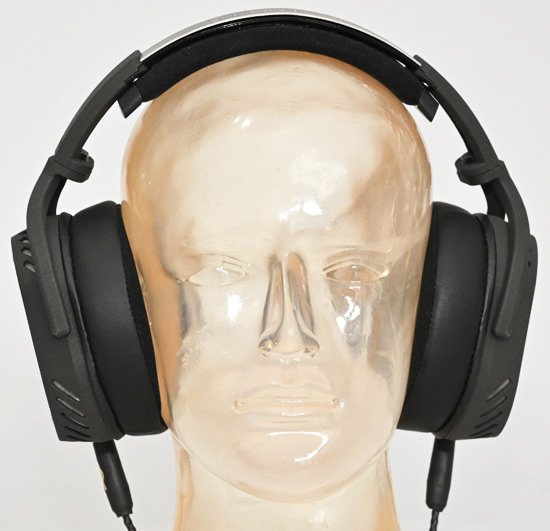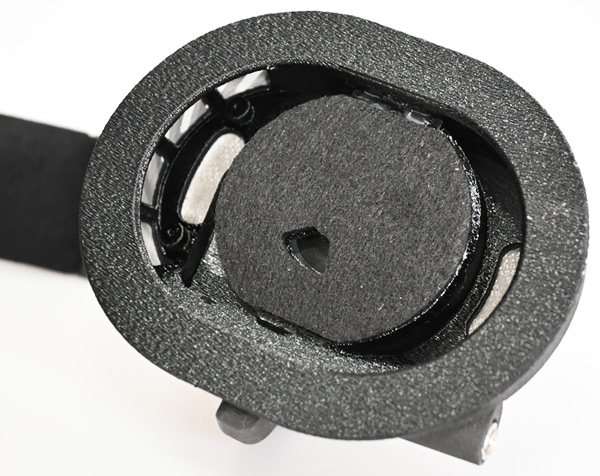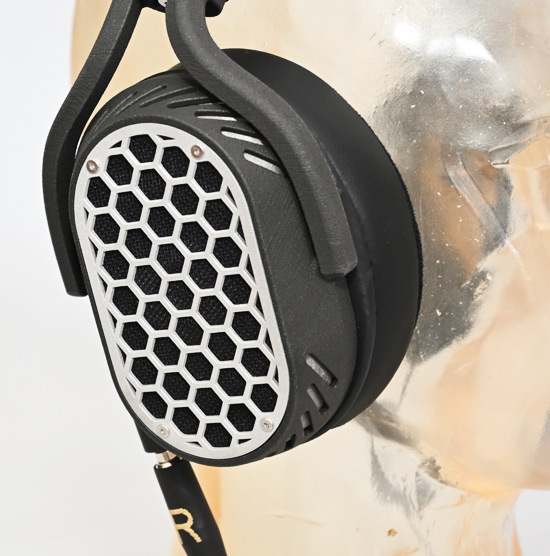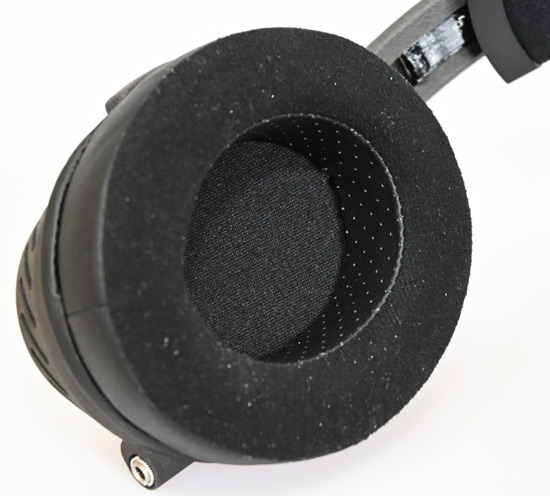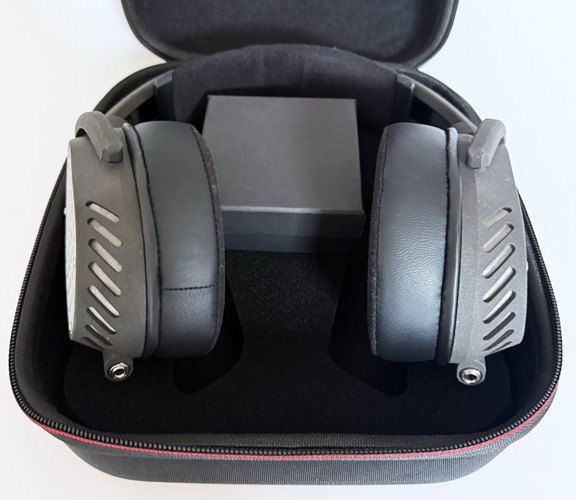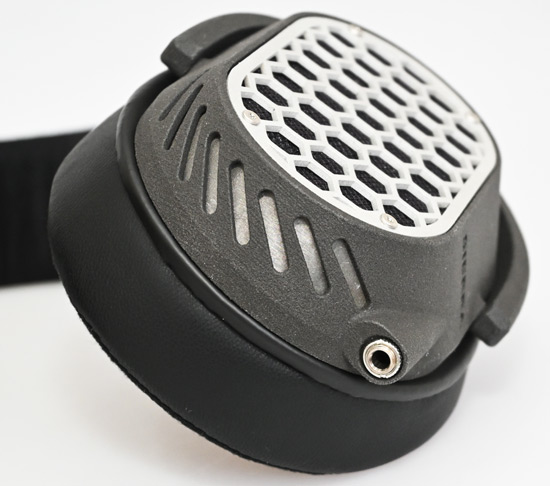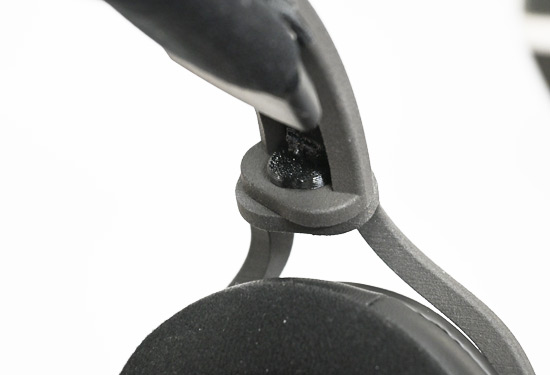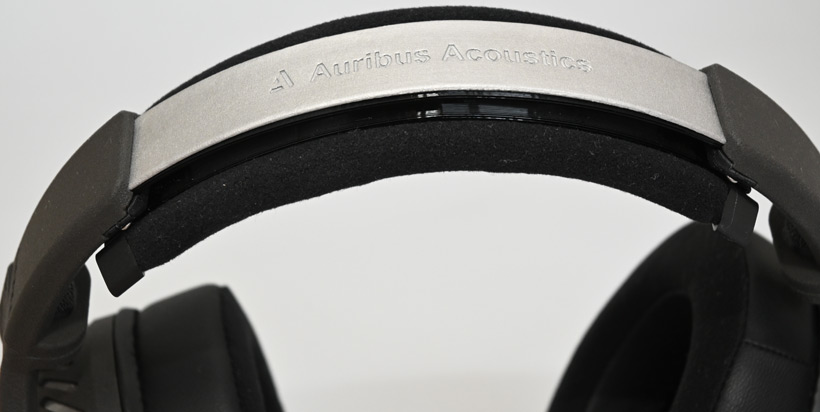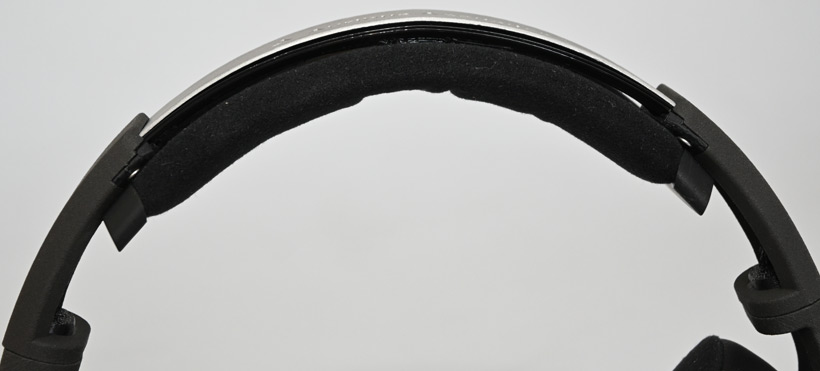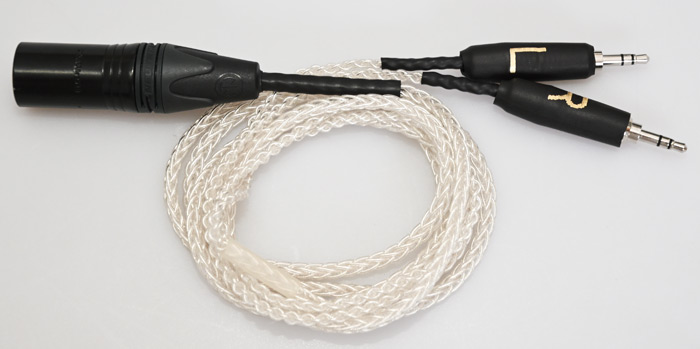Auribus Acoustics Sierra Open Monitor
Acoustically open headphones using 3D printing technology
Author and photos: Peter Kaminski
The Sierra Open Monitor headphones from the Californian start-up Auribus Acoustics in Long Beach offer innovations in headphone manufacturing and materials - and they also have special features in terms of sound. The first headphones produced under the brand were the Everest. The Sierra was introduced in 2024. We tested the standard version of these acoustically open headphones. It is also available in an aluminum version.
Concept and technology
The Sierra's housing is manufactured using a 3D printing process called the SLS process, which stands for selective laser sintering. Here, the workpiece, in this case made of nylon, is built up layer by layer. The process is relatively complex, but the surface offers a fine structure without the grooves that are familiar from other 3D printing processes. Geometrically complex workpieces can also be produced here. In other industrial sectors, including aircraft construction, 3D printing techniques are increasingly being used. In our field of audio technology, however, this is still uncharted territory for many manufacturers and therefore remarkable. Other materials used are PETG, a thermoplastic, and aluminum for the headband. Our test sample of the Sierra weighed approximately 343 grams without cables. This weight is in the mid-range for headphones with dynamic drivers. The aluminum version is expected to weigh around 400 grams.
A 50 mm dynamic driver with a relatively low nominal impedance of 20 ohms (@ 1kHz) is used. The manufacturer specifies a frequency range of 10Hz to 20kHz. A passive electrical filter is used in the headphones to adjust the bass and treble. Headphones are usually tuned purely acoustically. The rear of the ear cups is acoustically very open (see image above).
The replaceable ear pads are made from a reversible foam material.
Scope of delivery
The headphones come in a stylish, reinforced fabric case.
The included twisted connection cable (3.5mm to 2 x 3.5mm jack plug) is equipped with high-quality, gold-plated plugs (see image above). An adapter for use with a headphone amplifier with a 6.3mm jack socket is included, as is a cable clip, which is rather unusual.
Handling
There is a 3.5mm jack socket for the connection cable on both sides of the headphones. The headphones can also be operated in a balanced mode, as TRS plugs are used on both sides.
The ear cups are movable so that they can be adjusted to the shape of the head. This is achieved through a joint with a 3D-printed screw.
The upper part of the headband is made of aluminum.
The entire headband can be adjusted in length on both sides.
In practice
The Sierra is very comfortable to wear. The ear pads enclose the ear in the same way as many other headphones with dynamic drivers. The exterior of the earpiece looks extremely attractive thanks to the 3D printing process. It looks a bit like cast metal, but when you pick it up, you immediately notice that it is plastic due to its low weight.
The headband length cannot be adjusted using a click system. You therefore have to adjust the length on both sides by eye or by feel to ensure that the headphones sit balanced. However, even without a click system, the headphones remain in place and do not slip. The joint between the ear cup and the headband cannot be rotated far enough to allow the ear cups to lie flat on a table. It is therefore recommended to place the headphones on a specially designed headphone stand.
Thanks to the low-impedance driver and high sensitivity, the headphones are correspondingly loud. The manufacturer recommends using a powerful headphone amplifier with the Sierra. We conducted the tests with a Lake People G108 headphone amplifier, also in balanced mode. Lake People provided us with a Mogami cable (see picture above), which can also be purchased from Lake People. This is very commendable, as many studio headphones, even expensive ones, require external cables for balanced operation. Here, everything comes from a single source.
The sound of the Sierra is deliberately not tuned for frequency linearity in its specified range, but there is a clearly perceptible bass boost and two small boosts in the upper midrange. The -10dB is reached in the upper frequency range just above 20kHz. We have a wide variety of test songs on our SSD workstation specifically for testing headphones. With the well-known song “Sick and Tied” by Anastacia, which features an extreme synthesizer bass at the beginning, the Sierra produced a significant change in the bass sound. The bass is actually much too loud in the original master and even causes distortion with the Sierra. If you edit the master with an EQ so that the bass is in the right proportion to the rest, the sound in the Sierra is fine again. Therefore, I would highly recommend the Sierra for mixing due to its sound characteristics. Here, it's okay to have a little more in the bass range, and if there is too much bass, you get direct feedback about the sound through the headphones.
Conclusion
The Sierra costs just under 1,400 euros. Given the very complex manufacturing process, this is still acceptable. The headphones are designed for listening to music outside the music production process and for monitoring during mixing. I wouldn't use these headphones for mastering because of their frequency response curve, as you need headphones with a very linear frequency response for this. When mixing, the headphone behavior allows you to know pretty much exactly how far you can go with the bass boost. An interesting headphone. I'm pretty sure we'll be hearing more from Auribus Acoustics in the future. The headphones are available within the EU through Lake People.
 How to resolve AdBlock issue?
How to resolve AdBlock issue? 